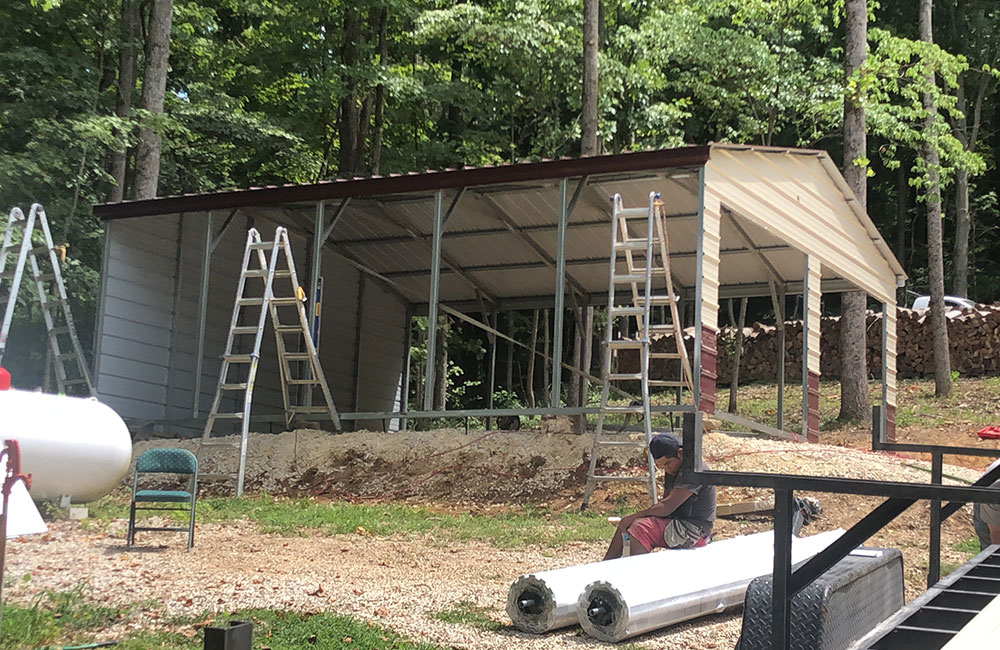
In recent years, there has been a growing interest in sustainable construction practices and environmentally friendly building materials. One material that has gained attention for its potential environmental benefits is metal. Metal buildings, which are often made from steel or aluminum, are being heralded as a green alternative to traditional construction materials.
But are metal buildings really helping the environment? Let’s delve into the factors that make metal buildings an eco-friendly choice.
Sustainable Material Selection
One of the key ways metal buildings contribute to environmental sustainability is through their material choice. Steel, in particular, is a highly recyclable material. A significant portion of the steel used in metal buildings is recycled from previous sources, reducing the demand for virgin steel production. Also, steel can be recycled repeatedly without losing its strength or quality, making it an excellent choice for reducing resource consumption and waste.
Energy Efficiency
These structures can be designed with insulation systems that help maintain a stable interior temperature, reducing the need for excessive heating or cooling. Additionally, metal roofing and wall systems can reflect solar radiation, reducing heat absorption and minimizing the urban heat island effect. This can lead to lower energy bills and a decreased carbon footprint.
Durability and Longevity
Metal buildings are known for their durability and longevity. They can withstand harsh weather conditions, such as hurricanes and earthquakes, which can reduce the need for repairs and replacements. This durability results in a longer lifespan for the building, which, in turn, reduces the environmental impact associated with the production and disposal of building materials.
Reduced Construction Waste
These structures are often pre-engineered and fabricated off-site, which reduces construction waste compared to traditional on-site construction methods. The precise manufacturing of metal components minimizes errors and waste during the building process, contributing to a cleaner construction site and less landfill waste.
Low Maintenance Requirements
They generally have low maintenance requirements. They are less susceptible to rot, pests, and degradation than some other building materials, which means fewer resources are needed for upkeep and repairs over time.
Recyclability at the End of Life
When a metal building reaches the end of its useful life, the materials can be easily recycled, contributing to the circular economy. This reduces the environmental impact associated with disposal and the need for extracting new raw materials.
Conclusion
Metal buildings offer several environmental benefits that make them a sustainable choice for construction. They are helping to lessen the environmental impact of the construction industry. When designed and built with sustainability in mind, metal buildings play a valuable role in promoting a more environmentally friendly approach to construction and infrastructure development.
